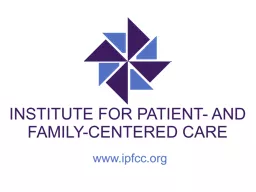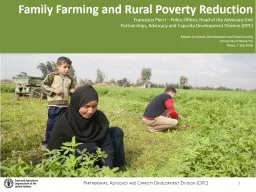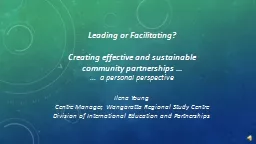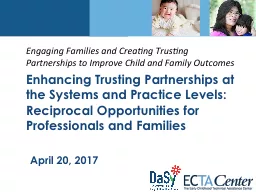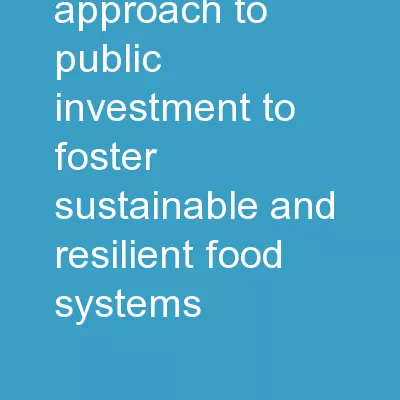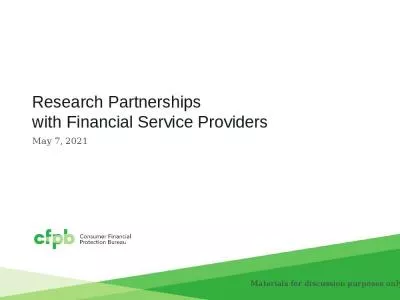PPT-Creating Capacity for Sustainable Partnerships with Patients and Families in Research
Author : tatiana-dople | Published Date : 2018-02-10
Training for Researchers and Staff Date IPFCC These materials were developed as part of a project funded by a PCORI Engagement Award EA1467 IPFCC May be used
Presentation Embed Code
Download Presentation
Download Presentation The PPT/PDF document "Creating Capacity for Sustainable Partne..." is the property of its rightful owner. Permission is granted to download and print the materials on this website for personal, non-commercial use only, and to display it on your personal computer provided you do not modify the materials and that you retain all copyright notices contained in the materials. By downloading content from our website, you accept the terms of this agreement.
Creating Capacity for Sustainable Partnerships with Patients and Families in Research: Transcript
Download Rules Of Document
"Creating Capacity for Sustainable Partnerships with Patients and Families in Research"The content belongs to its owner. You may download and print it for personal use, without modification, and keep all copyright notices. By downloading, you agree to these terms.
Related Documents

